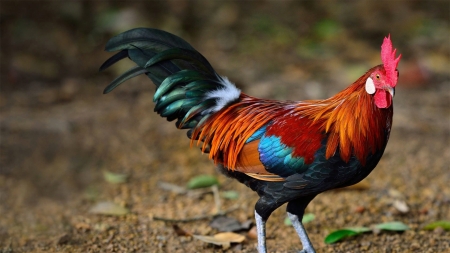+(256) 0707 792064
+(256) 0782 208 208
admin@conversionfeeds.com
conversionfeeds@gmail.com
Coronation Road, Plot 5, Old Kampala

Planning A Profitable Chicken Rearing Business? Here are New Terms To Learn
Undeniably knowledge is power and even for poultry keeping starters, it is wise to know the playing field you are engaging in to. So, lets be wakeful and grasp basic tit bits of information that can help navigate poultry farming and achieve success globally. Here are a few terms to help through the way;
Production Costs: These are the financial and non-financial expenditures used in producing a commodity. For example, the costs pertaining to a farming business include seeds, chemicals, transport, processing, packaging and marketing. While costs pertaining to tailoring include a sewing machine, fabric, thread, machine oil, scissors, needles, and labor etc.
Poultry: Fowls/birds domesticated and raised for meat, in this case specifically chickens.
Labor costs: The total expenditure paid for family labor1 and for hired casual labor in the production of a specified commodity. Farms may have a casual labour cost for activities such as sowing, weeding and harvesting. Tailor shops may have no need for outside labor.
Yield or Output: This is the total volume of the product produced in a given time period. In case of a farm business, the yield would be in terms of quantity of crop produced (kilograms) per acre after a season, while in tailoring it would be the number of dresses, shirts, trousers, bed-sheets made and ready for sale, over a specified time period.
Producer Price (“farm gate price”): This is the price at which the farm-business sells the commodity to an on-farm buyer. The price is usually lower than terminal market prices. For example, clothing purchased at a village tailor may be resold in Kampala at a higher price.
Likewise, maize and beans can be bought from the farmers at lower prices and resold in town markets at higher prices.
Gross Income (Total Income): The sum of money an entrepreneur receives for selling his output commodity before deducting the costs incurred for producing that commodity.
Net Profit: The sum of money left when all costs of production are deducted from the gross income.
Return to Labor: Net profit divided by total number of person-days used to produce the commodity.
Person-day: a unit used to measure casual labour.
Operational Costs: The costs of actions or services needed to produce the output commodity. Note that this does not include the costs of inputs. For example, in a farming business, such services paid for would include labor for land preparation, fertilizers, etc. While in a tailoring business, this would include labour for cutting fabric, sewing, lifting materials, etc.
Fixed Capital: Machinery, tools, etc. that are invested in and paid for by a business in an initial period that will last for some time into the future.
Saving: Money or goods set-aside for future use or putting aside some of a business’ profit or earnings for investing in the next production cycle (or season in the case of farming).
Credit: Borrowed money before production and paying it back with interest after production is finished and the product sold.
Break Even Yield: This is the crop yield that must be realized to pay all costs of production (both inputs and operational costs).
Lowest Economic Unit: This is the smallest size of operation or lowest number of birds that a farmer should keep to be able to make profitable use of resources.
Unit Costs and Unit Margins: The cost of production per kg; the profit margin is difference between cost and sales price per unit of production. In this manual the unit of comparison is one kilogram (Kg).
Break Even Price: This is the minimum price the businessperson must receive to cover all costs of production.
Value – Adding: Any activity performed by the business to capture more of the profit from the retail price that the end consumer will eventually pay for the product.
Marketing: This is everything an entrepreneur does to identify customers and what goods or services they are interested in buying. It also broadly covers research about customers and the competition, and how they impact your business.
Market: The market is a place, physical location or broader spectrum, where buyers of goods meet sellers of goods.
Small Holder Association (SHA): a collaborating group of farmers who, for the purpose of earning higher profits and paying lower costs collaborate.
Record Keeping: This is the organized recording of information about a business to be used to monitor progress and improve efficiency.
Middlemen: Market participants that purchase from the producer or another middleman and sell to the final consumer or another market intermediary.
Cash Flow: Any amount of money that flows into the business as income or out of the business as expenditure.
Projected Income Statement: A simple predictive and management tool that informs the businessperson about the anticipated outcome of expenditures (investments) in terms of profits or losses (return on investment).
Efficiency: A process of working well, quickly and without waste.
